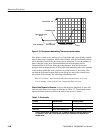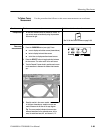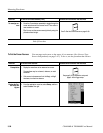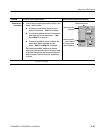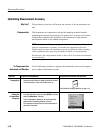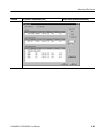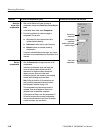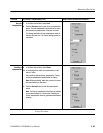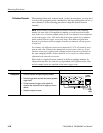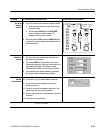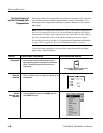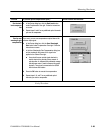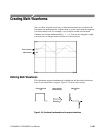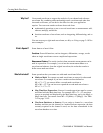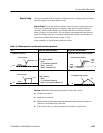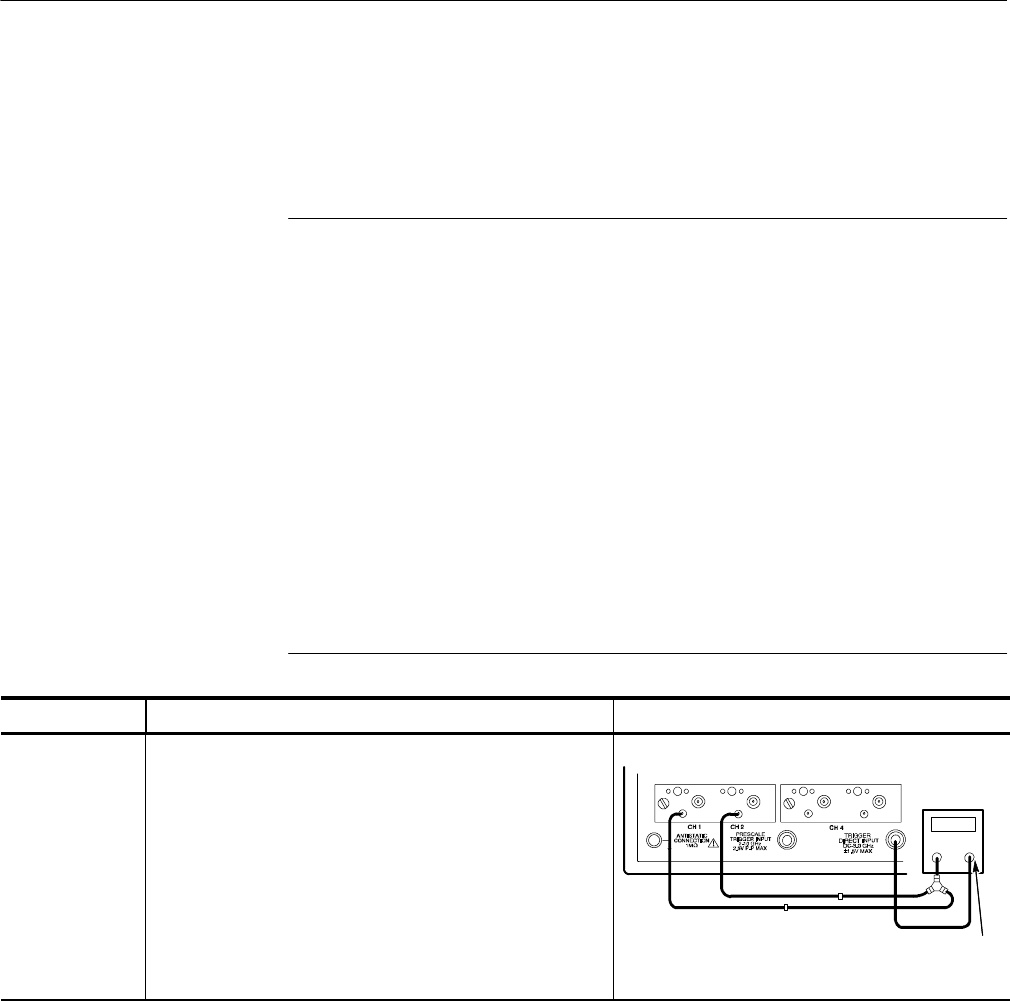
Measuring Waveforms
3-96
CSA8000B & TDS8000B User Manual
When making differential, common-mode, or other measurements, you may need
to null out the propagation delay contributed by the input cabling between two or
more channels. Use the following procedure to adjust the deskew between
channels.
NOTE. When deskew is applied between channels within the same sampling
module, the time shift is accomplished by making a second waveform acquisi-
tion. In this case, waveform sample points for the two channels are not acquired
on the same trigger event. This means that if the input signals are eye patterns
(multi-valued from one trigger event to the next), then math waveforms that
depend on correlation between samples from the two channels will not operate
as expected.
For instance, the difference between tw o channels (C1 --C2) will result in an eye
pattern with a line of data points through the vertical center of the eye. If you
intend to create an eye pattern with a math waveform between two channels in
the same sampling module, deskew should be set to exactly zero. Skew must be
eliminated with external accessories.
When deskew is applied between channels in different sampling modules, the
independent time base for each slot is programmed with a different delay value
and the sample points ar e acquired on the same trigger event.
Overview To deskew between channels Control elements and resources
Prerequisites 1. Drive the channels with signals requiring deskew.
2. Drive the trigger direct input with the function generator
trigger output.
3. Set the instrument to trigger on the slope of the
waveform that matches that of the edges you want to
deskew.
4. Display t he signals on screen.
Function
generator
Trigger
output
To Deskew Channels



